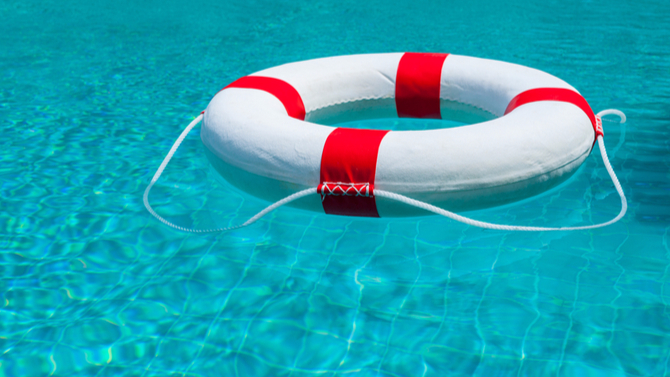Surrounded on three sides by the waters of the Atlantic Ocean and the Gulf of Mexico, plus a plethora of rivers, lakes, streams, and swimming pools, residents and visitors of Florida need know and understand the importance of water safety. And while drowning can occur in only two inches of water, swimming pools are the most common site of drowning incidents. Drowning deaths are most common in children, occurring in only seconds, quickly and quietly. It is important to know that while drowning can occur in pools, lakes, rivers, and oceans, it can also happen in ponds, wading pools, buckets, coolers, bathtubs, and fountains. Summer is here making it crucial to remind everyone of the significance of water safety and supervision with these helpful tips.
Ensuring Water Safety and Fun
While you want everyone to enjoy fun in the water – be it in your backyard or community pool, along the ocean’s shores, or at your favorite lakeside campsite – knowing the most effective prevention against drowning is key.
Safety experts agree adult supervision of children is the biggest deterrent to drowning incidents. It is true, alarm systems, fences, and safety covers help prevent pool drownings, there is nothing more successful at keeping children safe in and around water than attentive adults. Whenever water is around, there should be a responsible adult on duty, focused on the children at play. For adults, this means limited conversations and no playing on your phone or social media scrolling. If there are kids playing both in and around the water source, there should be at least two adults – one watching the water and one watching those at play nearby. You should have your phone nearby at all times to call 911 should an emergency occur.
Young children should never be responsible for younger friends or siblings in or around the water. Both you and your children should know how to swim. If you or your children don’t know how to swim, swimming lessons are ongoing at the local YMCA, swim clubs, city facilities. As a parent, you should learn CPR and First Aid techniques. Classes are easy to find and are available through the American Heart Association and the American Red Cross. You can also call 211 for a referral to swimming, CPR, and First Aid classes in your area. Remember, should a child you are supervising stop breathing, timing is critical in resuscitating him or her.
If you have a pool, children should only be allowed to use it if accompanied by an adult. Florida state law requires barriers for home pools including self-latching and self-closing gates as well as child-proof locks. Exterior door and pool alarms are also recommended, as are professionally fitted pool safety covers. When not in use, toys should be removed from pools and surrounds to avoid safety hazards.
Remember, teaching children to swim and having flotation devices on hand can never take the place of attentive and focuses adult supervision when it comes to drowning prevention. Many layers of protection are needed to prevent the tragedy of accidental drowning. Be sure to include these tips to ensure a safe and healthy summer for you and your family.
Water Safety at Camp Live Oak
If summer camp is part of your family’s plans this summer, you should know that at Camp Live Oak, the health and safety of the children under our supervision is priority one. Every Camp Live Oak staffer is CPR and First Aid Certified, along with many other certifications which ensure the safety of every child including any special health concerns like medications, allergies, dietary restrictions, and physical limitations.

